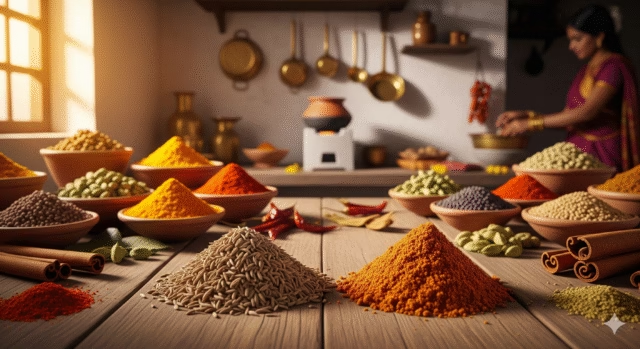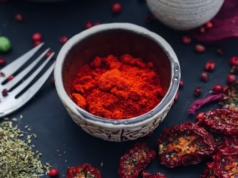Beyond the vibrant color of turmeric and the nutty aroma of ghee lies another cornerstone of Indian cuisine: cumin. This humble seed, known as jeera in Hindi, is far more than just a spice; it’s the very soul of a masala dabba, the foundation of flavor for countless dishes, and a testament to the time-honored traditions of Indian cooking.
A seasoned content creator with a time-tested keyword strategy understands that while turmeric and ghee get the spotlight, cumin is the unsung hero that truly brings a dish to life. Let’s dive deep into why this small seed packs such a powerful punch and explore its scientific and cultural legacy of flavor and health.
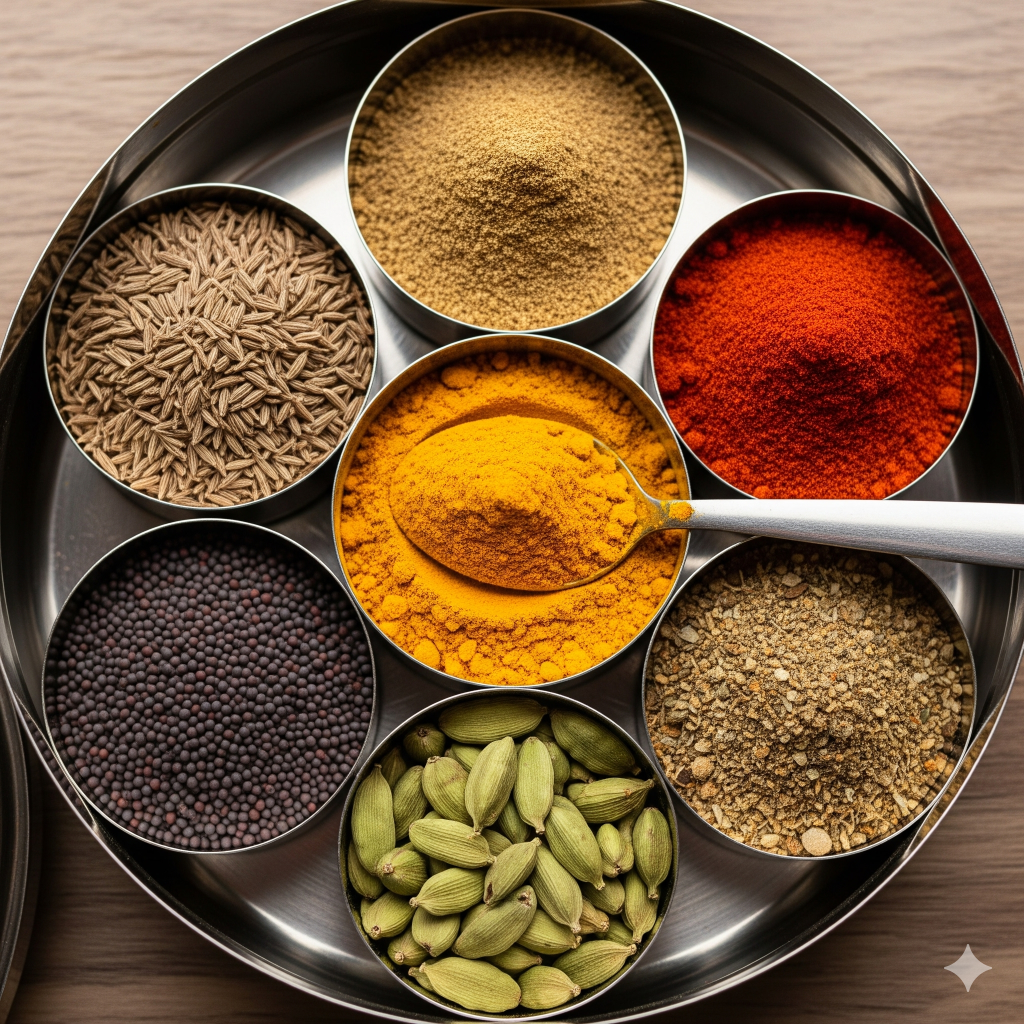
The Cumin
Cumin seeds are small, oblong, and a brownish-tan color. They have a distinct, warm, and earthy aroma with a slightly bitter, peppery taste. When dry-roasted, their flavor profile intensifies, becoming smoky and nutty. They can be used whole or ground into a fine powder.
The Scientific and Cultural Legacy of Cumin
Cumin’s importance in the Indian kitchen extends far beyond its flavor. Scientifically, cumin is packed with beneficial compounds. It is a good source of iron, and its active compound, cuminaldehyde, is responsible for its aroma and flavor. Studies have shown that cumin has antioxidant, anti-inflammatory, and anti-microbial properties. From a cultural perspective, cumin has been a staple in Indian households for centuries. It’s not just an ingredient; it’s part of the rhythm of daily life, used in everything from everyday lentil dishes (dal) to elaborate celebratory feasts. It is even used as a traditional home remedy to aid digestion.
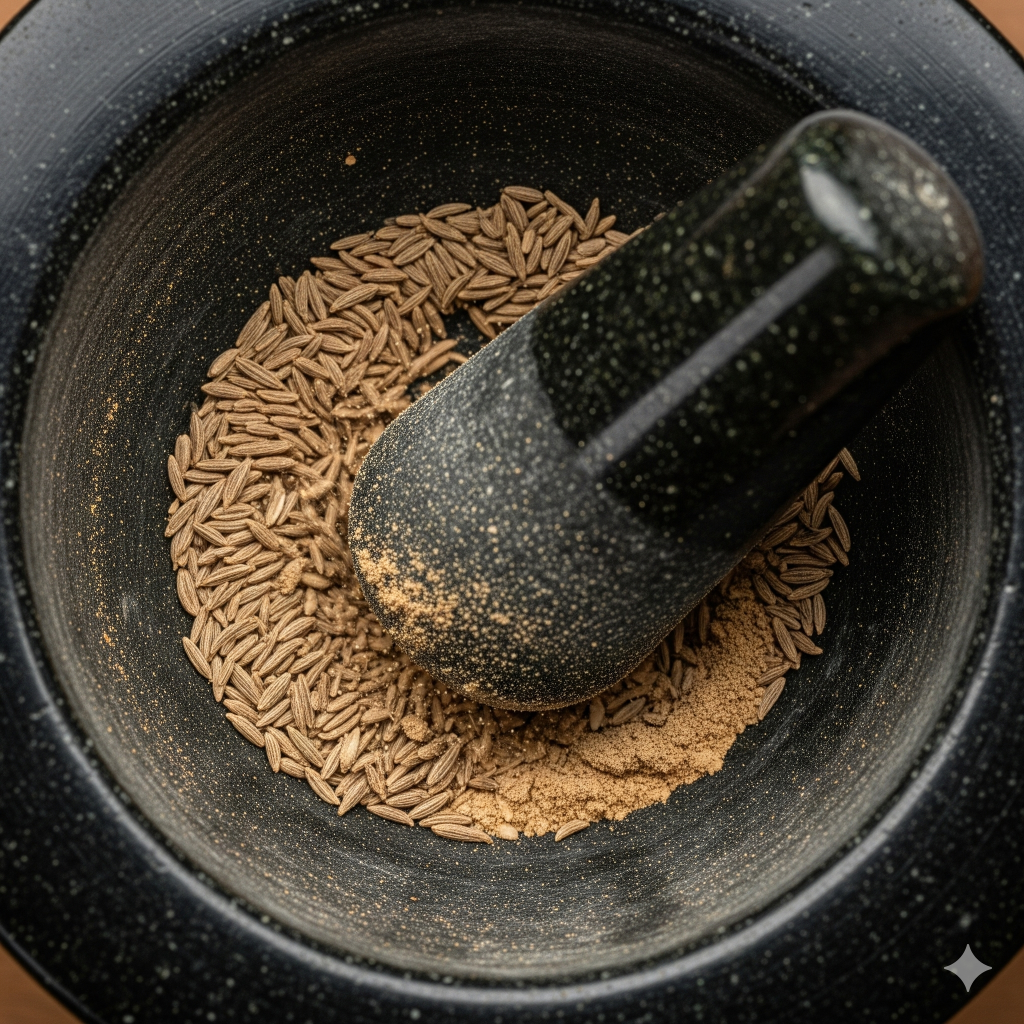
Benefits
Versatility:
Cumin is one of the most versatile spices in the Indian pantry. It is used in everything from lentil stews (dal) and vegetable curries to rice dishes (pulao and biryani), and even as a garnish for yogurt-based sauces (raita).
Digestive Aid:
Historically and in Ayurveda, cumin has been valued for its digestive properties. Chewing on roasted cumin seeds after a meal is a common practice to help with digestion and freshen breath.
Key to Tempering:
Cumin seeds are a primary component of tadka, the essential Indian cooking technique of frying whole spices in hot oil or ghee to release their flavor and aroma before adding them to a dish.

Be Careful
Easy to Burn:
Cumin seeds must be cooked with care. They can burn quickly in hot oil, which turns their smoky flavor into a bitter, unpleasant one that can ruin a dish.
Flavor Overkill:
While versatile, using too much cumin can overpower other delicate flavors in a recipe. A little goes a long way.
FAQs
Q: What is the difference between cumin seeds and ground cumin?
A: Cumin seeds are the whole spice, often used for tempering to infuse oil with their flavor. Ground cumin is made by grinding the seeds into a powder. The ground form is typically added directly to a dish during the cooking process to integrate the flavor more smoothly.
Q: Can I substitute cumin with another spice?
A: While there is no perfect substitute for cumin’s unique flavor, caraway seeds or fennel seeds can sometimes be used as a last resort, though they will alter the taste. Cumin is a unique flavor you should not attempt to replace if possible.
Q: Does cumin have any health benefits?
A: Yes. Cumin is known for its antioxidant, anti-inflammatory, and digestive properties. It is a good source of iron and is also believed to have anti-microbial properties.
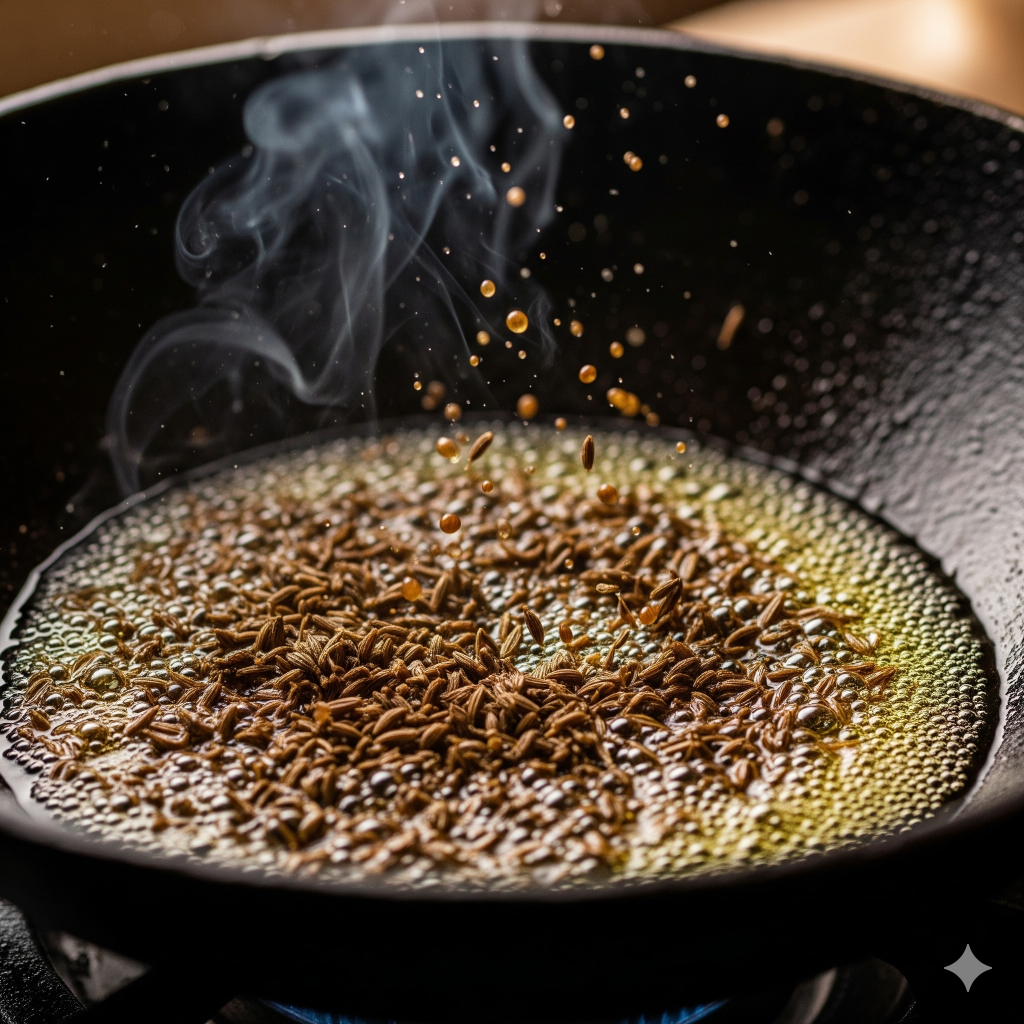
The Final Tadka
Cumin’s journey from a humble seed to a global culinary staple is a testament to its power and versatility. It’s the silent force that elevates a simple meal into a memorable feast. What’s your favorite way to use cumin? Share your secrets and let’s start a discussion below.
#Cumin #Jeera #IndianSpices #IndianCooking #MasalaDabba #HealthyCooking #Tadka #SpiceOfLife #IndianCuisine




























